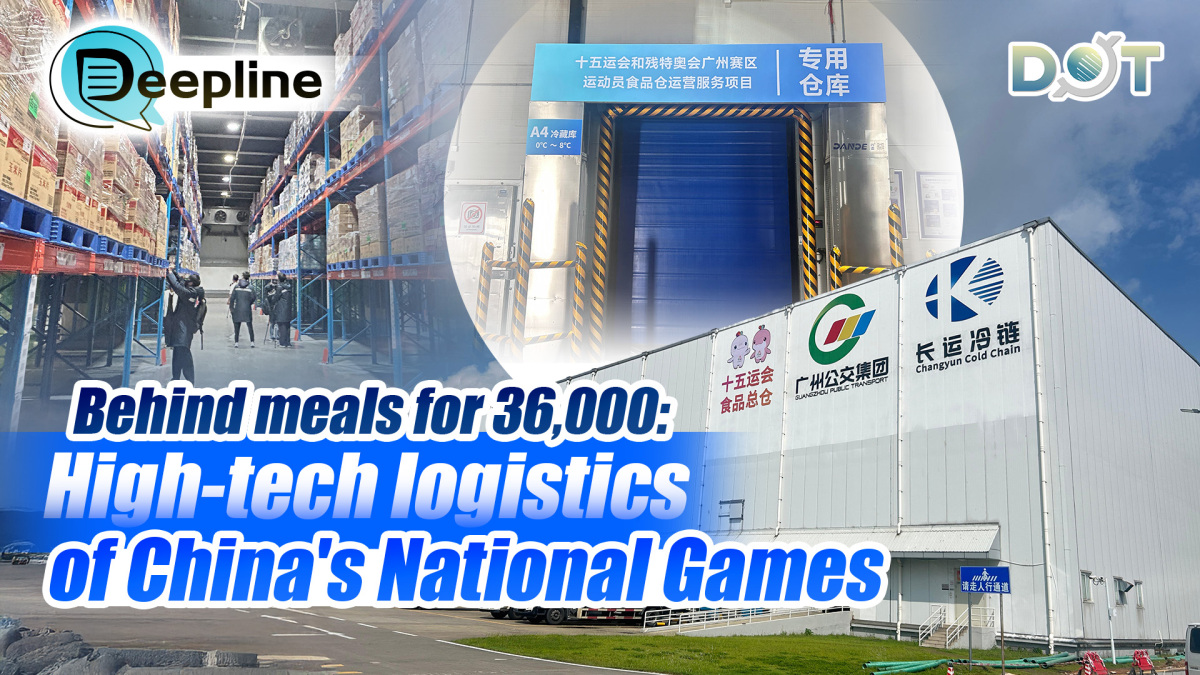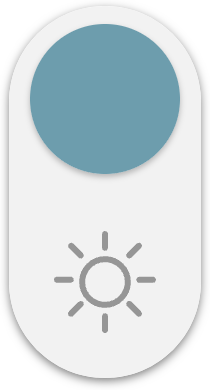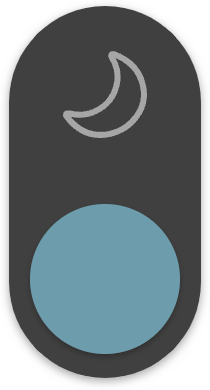
The 15th National Games (NG), the 12th National Games for Persons with Disabilities (NGD) and the 9th National Special Olympic Games (NSOG) will involve approximately 36,000 athletes, making it crucial to ensure they eat well and safely. A Wen Wei Po reporter learned on Sept. 11 that this year's event has pioneered a dedicated warehouse model for supplying ingredients for athletes.
Two central warehouses have been established in Guangzhou and Shenzhen, with the Guangzhou regional central warehouse responsible for supplying ingredients to 10 competition zones, including Hong Kong and Macao. Meanwhile, Guangdong, Hong Kong, and Macao have set up a unified information management platform for ingredient supply to ensure efficient and traceable delivery.
Currently, the Hong Kong and Macao competition zones have already placed orders through this platform for 200 tons of six major categories, including eggs, meat, and dairy products. These high-quality ingredients, sourced from seven provinces and regions in mainland China, will soon be supplied to Hong Kong and Macao through a customs green channel for the Games.
The Guangzhou regional central warehouse is managed by the local state-owned enterprise, Guangzhou International Agricultural Supply Chain Co., Ltd., which handles the operational services for the ingredients. Its owned cold chain logistics center is specifically responsible for the selection, procurement, inspection upon entry, storage management, and distribution of all ingredients for athletes in the Guangzhou competition zone. This center also serves as the usual logistics hub for food supplies to Hong Kong.
Strict separation of halal and non-halal foods
In accordance with the unified arrangements of the organizing committee for the Games, in addition to the Guangzhou competition zone, the Guangzhou regional central warehouse is also responsible for supplying ingredients for athletes in seven other competition zones within the province, such as Foshan, as well as the Hong Kong and Macao competition zones. This involves six major categories of ingredients, including meat, eggs, dairy products, and their derivatives.
At the scene, the reporter observed that the Changyun Cold Chain Logistics Center has designated two warehouses as ingredient supply warehouses for the Games, with a total area exceeding 40,000 square meters. Inside the warehouses, the halal and non-halal food areas are strictly separated. Each area is further subdivided into three storage zones: constant temperature, refrigerated, and frozen, storing items like rice, flour, oil, fresh fruits and vegetables, and frozen foods, respectively.
QR codes enable full visibility and traceability
Bian Xunpeng, Executive Director of Guangzhou International Agricultural Supply Chain Co., Ltd., explained that all ingredients are procured nationwide by the park under the guidance of the organizing committee, all from high-quality raw material production areas. For example, Xinjiang, Inner Mongolia, and Gansu provide high-quality beef and lamb, while Hebei and Fujian are known for their excellent fruits and vegetables.
"After strict screening, the organizing committee has designated 38 high-quality suppliers across seven provinces and regions, with a total procurement variety of nearly 400 items, offering athletes a rich selection of foods," said Bian.
It is reported that the Guangzhou central warehouse adopts a strict model to ensure the safe and efficient supply of ingredients for athletes across the 10 competition zones. For instance, every batch and every box of ingredients, from production to warehouse to each competition zone, is assigned a unique QR code that tracks the entire process, including production, transportation, and testing. Additionally, whether for cross-boundary or intra-provincial transportation, dedicated vehicles follow fixed routes, with full visibility and traceability throughout the journey.
"Guangdong, Hong Kong, and Macao also use the same ingredient information management platform. Once a competition zone hotel places an order through the platform, vehicles can be dispatched within two to three hours. Before finally arriving at the competition zone hotel, the ingredients undergo production, processing, storage, and transportation via an unbroken cold chain," Bian said.
Sub-warehouses for one-time orders
The reporter learned that, as of now, the Guangzhou central warehouse has already completed the ingredient supply for events such as the U16 women's football in the Guangzhou competition zone, table tennis (group category), the Paralympic table tennis test event, and the dryland curling test event, with operations running very smoothly.
Meanwhile, the other nine competition zones have placed orders for 147 items, totaling 398 tons. Among these, the Hong Kong and Macao competition zones have already placed orders for approximately 200 tons of ingredients through the unified platform, which will be gradually transported by dedicated vehicles to the respective zones.
For competition zones outside Guangzhou, such as Hong Kong and Macao, the main supplies are six major categories of ingredients, including meat, eggs, dairy products, and their derivatives. As for fresh ingredients like vegetables and fruits, which require high freshness, each competition zone is responsible for their procurement. The Hong Kong and Macao competition zones have set up their own sub-warehouses for ingredients. These two zones place one-time orders, which are then transported cross-boundary from the central warehouse to their local sub-warehouses before being distributed to various hotels.
Doping control
Food doping testing is critical to the success of a major Games. The ingredient transportation for the 15th National Games achieves full closed-loop management, with food sealed in cold chain vehicles from leaving the warehouse to entering the competition zone. This also facilitates unified doping testing.
The reporter learned that doping testing for the Guangzhou central warehouse is handled by the Guangzhou Quality Supervision and Testing Institute. The institute has assigned 20 dedicated testing personnel responsible for testing all ingredients entering the warehouse.
According to Chen, a senior engineer at the Institute, ingredients requiring doping testing mainly include meat, eggs, dairy products, sauces, etc., while fruits and vegetables primarily undergo pesticide residue testing and do not require doping tests.
24/7 non-stop testing during peak period
"The Institute has assigned 20 experienced testing engineers dedicated to doping testing for ingredients of the Games. We work in pairs, forming 10 groups in total. During the peak period in November, testing can operate 24 hours non-stop. Results are generally available within 48 hours, with the fastest turnaround being just 12 hours," said Chen.
Bian also mentioned that doping testing is a complex task. For example, a cow supplied for the Games requires testing dozens of parts after slaughter, with a single test often costing tens of thousands of yuan. Therefore, unified procurement and unified doping testing can save each competition zone significant testing costs while greatly improving the efficiency of ingredient supply.
(Source: Wen Wei Po; Journalist: Ao Minhui, Shuai Cheng; English Editor: Darius)
Related News:
Deepline | Multi-city, multi-lingual: National Games tickets sell swiftly amid high demand
Deepline | Childlike joy, champion's goals: Rise of Chinese skateboarder Zheng Haohao




















Comment